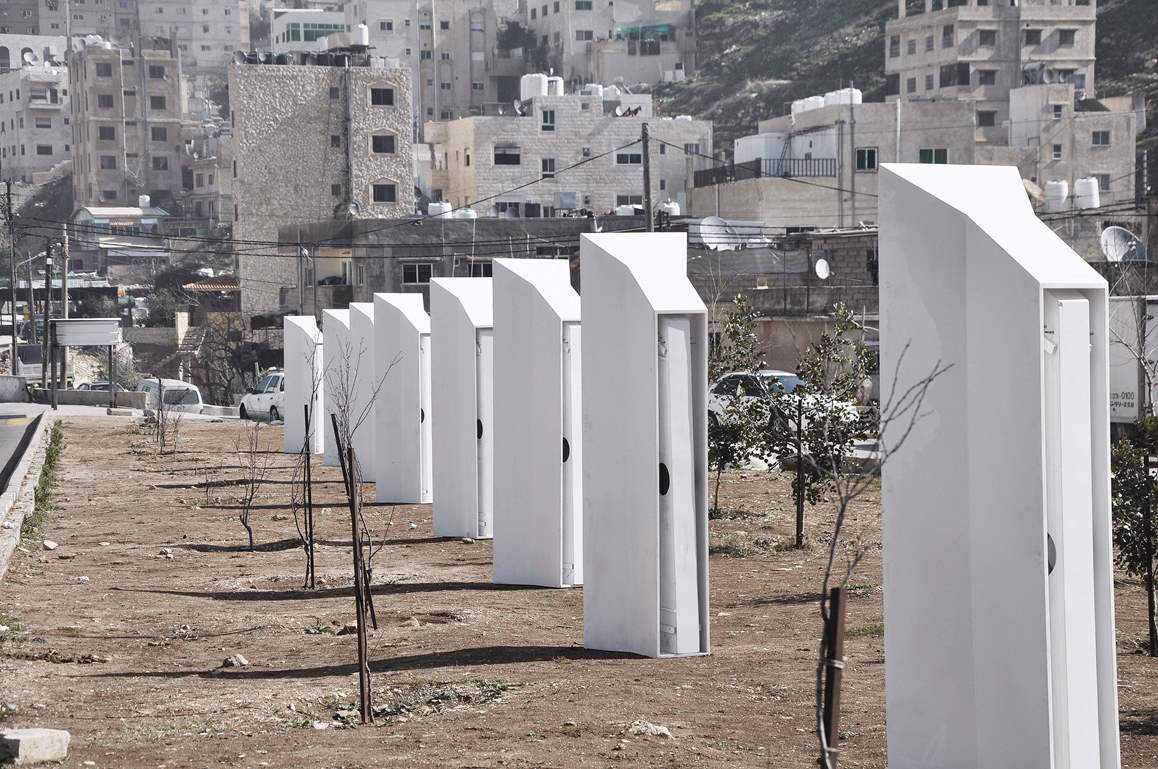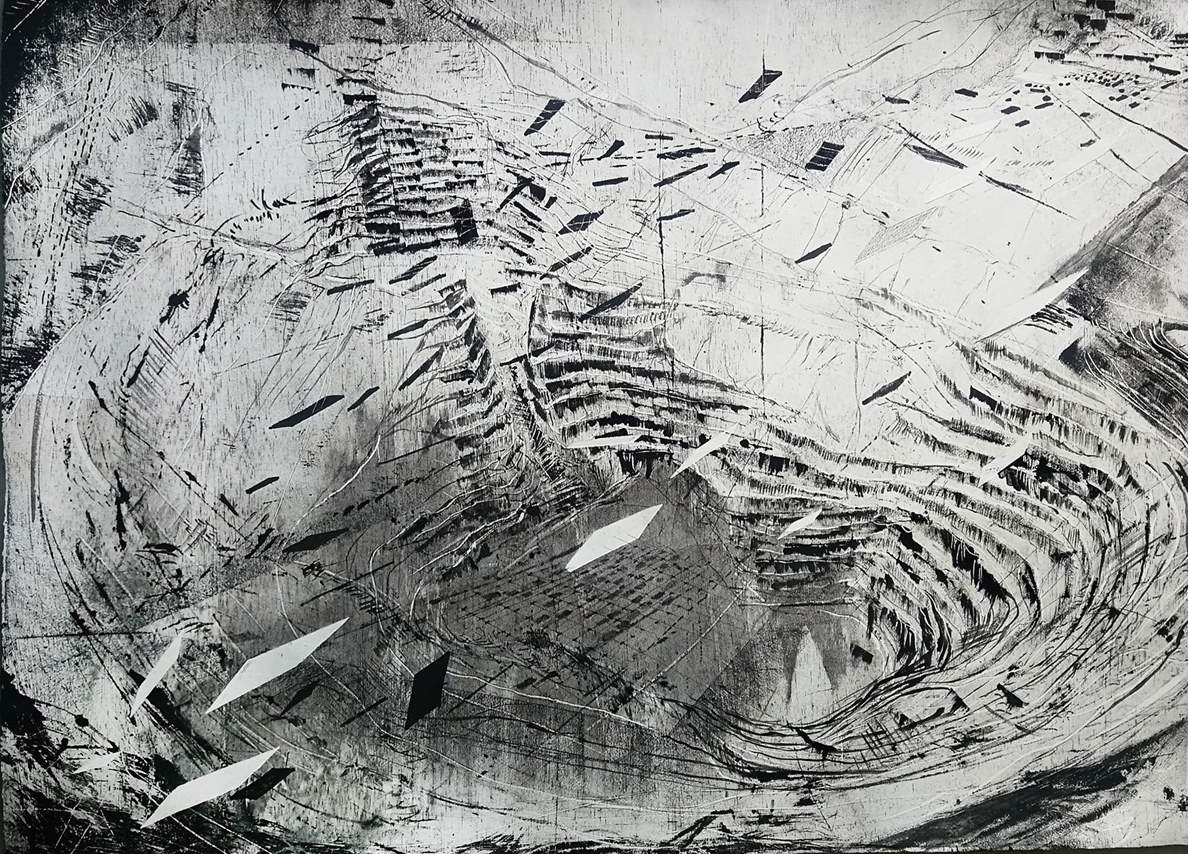AMMAN — “I do my art to understand
the
architecture, and I do architecture to understand art.” Dina Haddadin,
architect and a multidisciplinary visual artist, said in an Interview with
Jordan News.
اضافة اعلان
 Jordanian artist Dina
Haddadin’s "Symphony of emptiness" 2018, nine Aeolian wind harps, part of the island 861 project. (Photo:
Handout from Dina Haddadin)
Jordanian artist Dina
Haddadin’s "Symphony of emptiness" 2018, nine Aeolian wind harps, part of the island 861 project. (Photo:
Handout from Dina Haddadin)
Haddadin's work comprises multi-layered installations that explore issues
surrounding city life and its evolution in a trans-urban landscape. It also
asks questions about the process of changing geographies and the locations in
which we live.
In 2006, Haddadin earned a
bachelor’s degree in architecture. She is currently working as an architect and
completed numerous courses at the School of Visual Arts in
New York City in
2008. She has since participated in a variety of local and international
exhibitions and workshops.
The artist's first solo exhibition, “Transit,” was in 2010. “I did my first
solo exhibition alone, without any support. I chose an old house in
Jabal Amman, and renovated it.”
She added that more than 300
visitors attended her solo exhibition in the first week. “Since then I started
thinking about art as a career.”
She said that through art, she questions, “what is the power of architecture,
and how it is connected with economic and political factors?”
The artist said that most of her work closely parallels architecture and that
she spends a lot of time researching before she starts. “My work is a
research-based body of work, and I research a place and a story, I also talk to
the people that are near the space, I take photos, documents, and I write a
lot.”
 “Abyss” wood lithography mokulito on handmade kozo
paper, 2019 from the exhibition “Displaced.” (Photo: Handouts from Dina Haddadin)
“Abyss” wood lithography mokulito on handmade kozo
paper, 2019 from the exhibition “Displaced.” (Photo: Handouts from Dina Haddadin)
From traditional to experimental, Haddadin uses a variety of techniques to
create multi-layered works that address the struggle of a landscape in transient
urbanization, as well as places in transition between changing geographies and
imagined locations.
“The concept that I work with is usually about spaces … whether in a city or
maybe imaginary.” She said. Moreover, the artist added “I do visual art, installation art, sculpture if needed, not only paintings.”
Haddadin has also used her art to comment on social issues, such as in her “Displaced”
exhibition, and with her Aeolian Wind Harps installation that was placed in Wadi Abdoun.
“Displaced” showed in 2019, at the Nabad Gallery in Jabal Amman. “The concept
was about displacement, I took this idea and simplified it.” This work blended
traditional and experimental techniques to represent the city's changes and
transformations, whether in terms of urbanization or social, economic, and
cultural reality.
The artist’s wind harp installation was modeled off the Aeolian Wind Harps, a
historical, musical, and mystical instrument named for Aeolus, the Greek deity
of wind. “I took funds from The
Arab Fund for Arts and Culture," and Amman Design Week, "which helped me
create the wind harps installation.” She said, “When the air passes through the
pillars, the strings play the sound of wind and the music was played without
any composer. Moreover, the concept was to capture the non-existence.”
Additionally, in 2020, Haddadin and other local artists’ works were showcased
in Spain.
“Art is a medium to (paint a) portrait of political, economic, or social
aspects in a different way. I try to connect stories with art, which is an
escape for me,” Haddadin said.
Read more Trending




